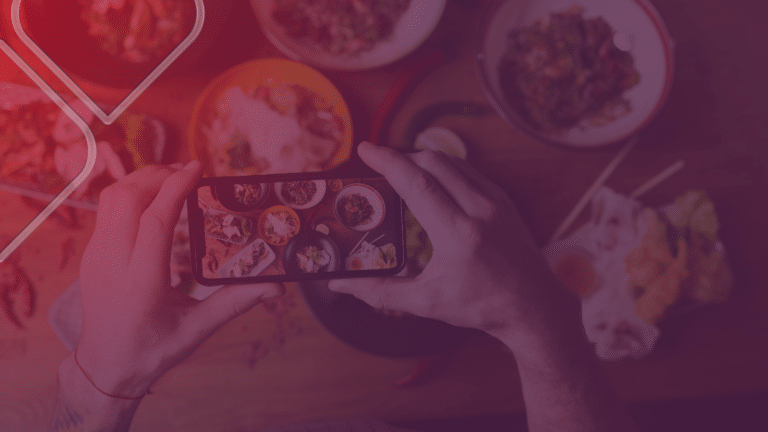Is networking part of your business growth strategy? With 95% of people agreeing that better business relationships are built through face-to-face meetings, it’s no wonder that attending networking groups and events is on the agenda of the majority of small to medium-sized business owners. Here at Pixel Fire Marketing, our three partners are involved in multiple networking groups and we’ve seen which are successful and which are not, as well as who tends to get the most out of these groups. Wondering how you can maximize your time and money spent when it comes to networking? It all comes back to Engagement Equity!
Random vs Recurring Groups
To understand how Engagement Equity can help you get what you want out of your groups, you first need to identify whether the networking you do is random or recurring. A random group or event is one where different members or attendees are present. In this type of group, you may only have one chance (and just a few minutes) to give enough value to earn the right to take a relationship to the next level. A recurring group is one where the same members get together at specified intervals such as weekly or monthly. In these groups, you can bide your time as you will have multiple chances to build your way to an ask.
Collective vs Individual Accounts
In both random and recurring situations, you will have an “account” with the group as a whole and with each individual member of the group or attendee of the event. It’s your responsibility to build up the account and give value to not only each individual member, but also the organization or group.
The Importance of Showing Up
It may seem obvious, but one of the easiest (and best ways) to start giving value in all your networking efforts is by simply showing up. Not only do you need to physical show up (on time), but you also need to be there mentally as well. Too many networkers try to join as many groups as possible to maximize their exposure. This leads to them missing meetings or events or being only half present as they try to catch up on emails or take phone calls during a meeting since they don’t have enough time to do so before or after. This may be due to the fact that they are fearful of missing out on something. It could also be a misperception that they need to be in front of as many people as possible for brand awareness.
Regardless of the reason behind it, networkers need to realize that being 100% present is the best way to get the most out of their groups. For some, this may mean being in a single group. Others may be able to handle two or three.
Don’t Misunderstand “Giver’s Gain”
BNI (Business Network International) is a popular networking group throughout the world. Their tagline is “giver’s gain”, which can easily be misinterpreted by members. It implies that you give and then you instantly get something in return. This is the “tit for tat” mentality that can really bite you in the butt when you’re trying to build relationships. A more accurate tagline would be “givers give…and then give some more…and then give some more…and might or might not gain from the person they gave to but will gain from someone else entirely.” But that’s kind of a mouthful, so it’s understandable why they’d just stick with the two-word version!
The point is, those who succeed in networking groups are those who give without thinking about what they’ll get in return. This coincides with the concepts in Adam Grant’s wonderful book Give and Take. Those who succeed in the workplace are not the takers or the matchers who have the “tit for tat” mentality. It’s those who continue to give to others even when it appears they are getting nothing back.
Power Players to Use in Networking Groups
To really start building those relationships in your relationships, you can use some of the Engagement Equity power players. These are the most effective in a networking scenario:
- Really getting to know those in your groups means getting curious about them. What’s their background? Why did they join the group? Why did they get into the business they are in? The more you are curious about others, the more you’ll learn (and the more value you’ll give.)
- The Platinum Rule. Not everyone in your groups want to be treated the way you do and each one probably wants to be treated a little different than everyone else in the group. To practice the Platinum Rule and treat them the way they want to be treated, you need to get to know them. The easiest way to do this is to schedule plenty of one-on-ones so you can put your curiosity to use.
- Most people will tell you all you need to know about them and how you can build a relationship with them if you just close your mouth and listen. If they’re not opening up, use your curiosity and start asking open-ended questions until they get comfortable enough to share.
Want to make the most of your networking time? It’s all about being prepared to give! If you want to learn more about networking, check out my podcast with special guest Brandon Souba. We have a fantastic time talking about networking and you’ll be able to learn a lot from one of the veterans in the networking industry. I know I did!




